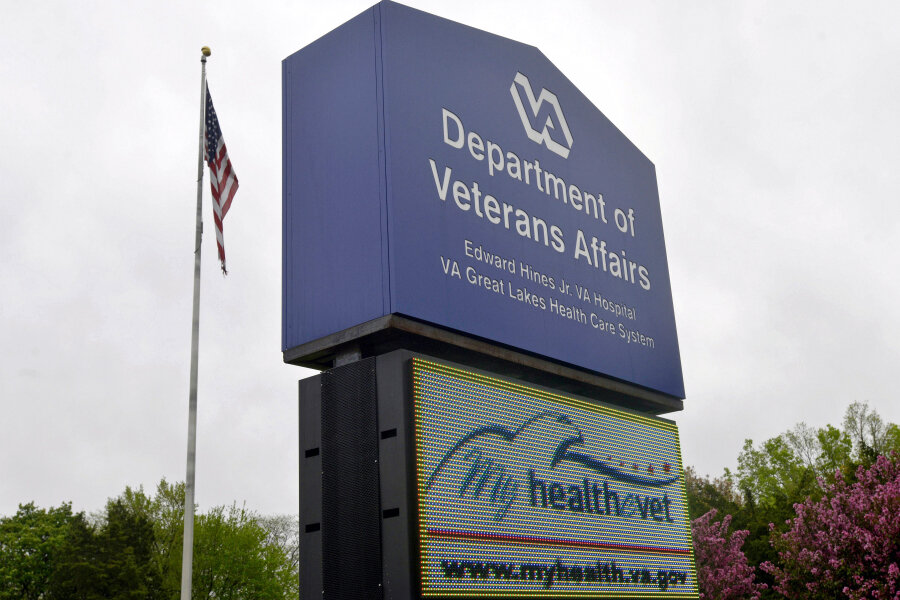Why aren't newly enrolled US veterans receiving timely care?
Loading...
Systems for accessing health care from the United States Department of Veterans Affairs do not "effectively oversee newly enrolled veterans' access to primary care," according to a new US Government Accountability Office (GAO) report.
The GAO found that VA scheduling practices often leave veterans seeking primary care from the VHA with weeks- to months-long waits for appointments with the medical agency.
"This report proves what we've long known: wait-time manipulation continues at VA and the department's wait-time rhetoric doesn't match up with the reality of veterans' experiences," said Rep. Jeff Miller (R) of Fla., the Veteran Affairs committee chairman, according to USA Today. "I am not at all surprised these problems persist," he added.
Scheduling problems and long wait lists are not a new problem for the veterans service agency. A 2014 report first brought to light the VA's "corrosive culture" and "significant and chronic systemic failures," highlighting excessive wait times and falsified records of how long it took to secure an appointment.
Following those highly publicized revelations, it was found last year that the number of veterans seeking care and waiting a month or more for service increased by 50 percent from 2014, despite reform efforts in the wake of that year's investigation.
A VHA review from September also found that the administration had a backlog of more than 860,000 pending records, although the amount related to health care applications or the number of "old and inactive" records could not be determined.
While that review could not substantiate the exact scope of the VA's application backlogs, it did expose a mismanaged system with more than 300,000 pending records related to deceased veterans, illegitimately deleted or falsified records, and more than 11,000 unprocessed health care applications.
The new GAO report, finalized in March, examined the records of 180 veterans newly enrolled in the VHA across six VA medical centers. Of that sample, 60 had not been seen by a medical provider and around half did not have access to primary care, due to scheduling that did not follow VHA policy.
The investigation also found that the amount of time veterans spent waiting between a request to schedule an appointment and the date they were finally seen varies greatly between VA centers. Slightly more than half were seen within 30 days of their scheduling request, but the remainder waited three or more months before finally being seen by care providers. The average wait ranged from 22 to 71 days.
In addition, nearly one-third of veterans newly added into VA systems were not contacted within the mandated seven-day timeframe to even schedule their initial appointment.
"These time frames were impacted by limited appointment availability and weaknesses in medical center scheduling practices, which contributed to unnecessary delays," the GAO wrote.
Top VA officials addressed the agency's reform efforts before the Congressionally appointed Commission on Care in Washington on Monday.
"I know transformational change is not easy but it is our commitment to the Veterans we serve in order to bring them the customer service and the care and benefits they have earned," Veteran Affairs secretary Robert McDonald said in a written statement.
VA officials underscored the agency's commitment to change, while saying that 90 percent of veterans report being "completely satisfied" or "satisfied" with their wait time.
"We have challenges in VA and we own them, but the transformation that Bob talked about is well underway and already delivering measurable results for improving access to care and improving the Veterans experience,” added Deputy Secretary Sloan D. Gibson.
House majority leader Kevin McCarthy issued a statement blaming "unaccountable bureaucrats" and calling for better private care access for veterans.
"The VA needs a radical transformation if it is ever going to adequately care for our veterans," Rep. Miller said in a statement.








